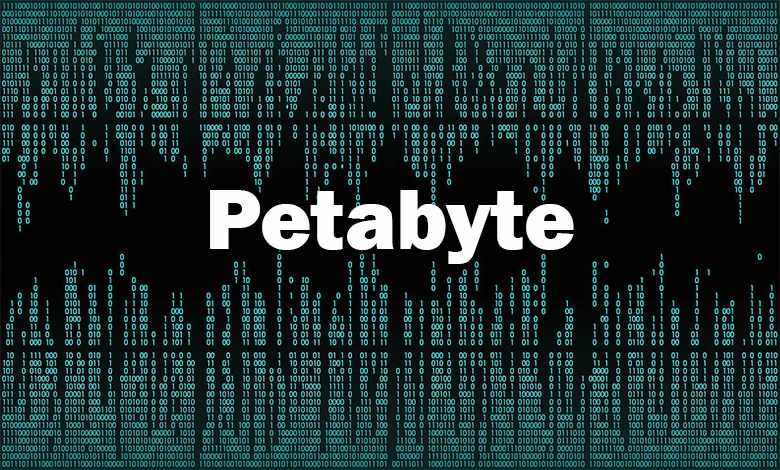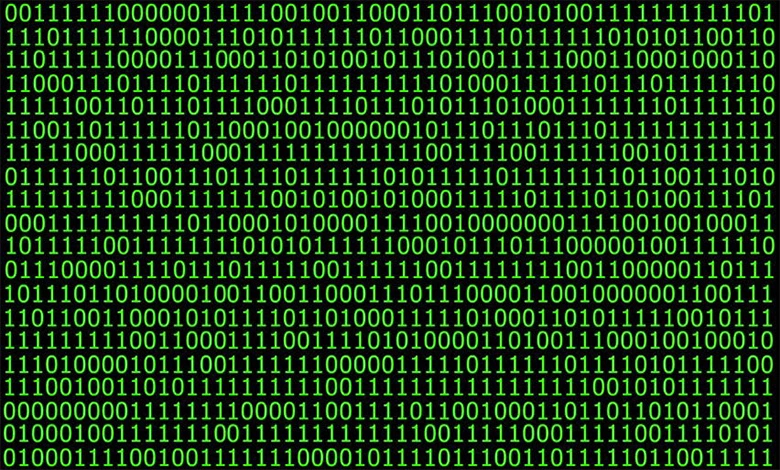What is a Petabyte? 1 Petabyte How many GB, TB?

What is a Petabyte? 1 Petabyte How many GB, TB? Petabyte or petabyte is the name given to the large data unit of measurement used in data storage in computer systems. Petabyte is widely used today to measure data size quantities such as large-scale data storage, big data analytics, high-resolution media files.
What is a Petabyte?

A petabyte is a large unit of data measurement used in computer science and information technology. It is used in data storage and communication to express the amount of data.
Computer systems store and process data in binary, that is, as bits consisting of zeros and ones. Units of information quantity are expressed in bytes, which are different combinations of these bits. Bytes are the basic data processing units of computers and usually consist of groups of 8 bits. A byte is expressed as an 8-bit unit of data in computer memory.
As a unit of data, a petabyte is used to express large amounts of bytes. A petabyte is one thousand times the size of a terabyte (TB) and contains one thousand times the size of terabytes, gigabytes, megabytes and kilobytes.
Petabytes are important for organizations that store and process large amounts of data today. Large corporations, research labs, scientific research, cloud service providers and big data analytics projects all need to store and process petabytes of data.
For example, a feature-length 4K movie or content shared by millions of users may require petabytes of data storage.
Petabytes of data require high-performance hardware and data management methods. Dedicated servers, storage solutions and backup strategies are used to handle such large amounts of data. With the increasing velocity of data, data sizes over petabytes will become even more common in the future.
A petabyte is a very large amount of data.
For example:
4K UHD Movies: On average, a feature-length 4K Ultra HD movie can take up around 100-200 gigabytes (GB) if stored uncompressed and in high quality. One petabyte allows for the storage of 5,000 to 10,000 4K movies.
Big Data Storage: Enterprise-level big data analytics projects or scientific research often require petabyte-sized data storage. For example, a large healthcare organization may use a petabyte-level database to store hospital records, medical images and genetic sequencing results.
Internet Traffic Data: Major internet service providers and social media platforms track the online activities, posts and communications of millions of users. The aggregation of such data creates petabyte-level data storage needs.
Scientific Supercomputers: Used in large scientific projects, supercomputers process large amounts of data to perform complex calculations and simulations. Petabyte-sized data storage is common for this type of supercomputer.
Cloud Storage: Cloud service providers offer large storage space for customers to store their files online. The cloud storage needs of large companies and organizations can result in petabyte-level data storage requests.
In particular, high-resolution media content, big data analytics projects and scientific research increase the need for petabyte-sized data storage and processing.
How many GB is 1 Petabyte?

A petabyte is one thousand times the size of a terabyte (TB) and contains one thousand times the size of terabytes, gigabytes, megabytes and kilobytes.
1 Petabyte (PB) = 1,000 Terabyte (TB) = 1,000,000 Gigabyte (GB) = 1,000,000,000 Megabyte (MB) = 1,000,000,000,000 Kilobyte (KB)
So, 1 petabyte is equivalent to 1,000 terabytes. And 1 terabyte is equal to 1,000 gigabytes. In this way data units are related to each other and their size is defined.
1 Petabyte (PB) is a large unit of data in the metric system and is the equivalent of 1,000 terabytes (TB).
1 Petabyte (PB) = 1,000 Terabytes (TB)
A terabyte is likewise equivalent to 1,000 gigabytes (GB).
1 Terabyte (TB) = 1,000 Gigabytes (GB)
Combining this information, we can calculate how many gigabytes 1 Petabyte is:
1 Petabyte = 1,000 Terabytes (1 PB = 1,000 TB) 1 Terabyte = 1,000 Gigabytes (1 TB = 1,000 GB)
1 Petabyte = 1,000 x 1,000 Gigabytes (1 PB = 1,000,000 GB) 1 Petabyte = 1,000,000 Gigabytes
As a result, 1 Petabyte is 1,000,000 gigabytes (GB).
For example:
A digital photo usually takes up 5-10 megabytes (MB). A petabyte can be used to store about 100,000 to 200,000 photos.
A song takes up an average of 5-10 megabytes (MB). One petabyte can store about 100,000 to 200,000 songs.
1 Petabyte How many TB?

1 Petabyte (PB) is a large unit of data in the metric system and is the equivalent of 1,000 terabytes (TB).
1 Petabyte (PB) = 1,000 Terabytes (TB)
Combining this information, we can calculate how many terabytes 1 Petabyte is:
1 Petabyte = 1,000 Terabytes (1 PB = 1,000 TB)
1 Petabyte is 1,000 terabytes (TB).
You may be interested 👇
👉 What is Localhost and What Does It Do?
👉 What is an IP Address and What Does It Do? IP




